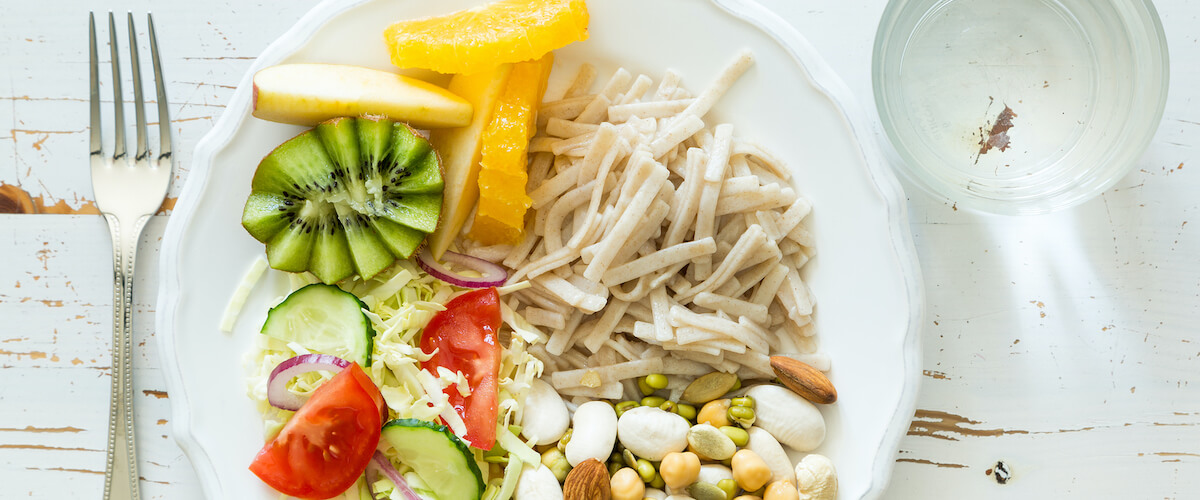A Guide to Portion Size and how to Control Serving Size During Meals
Understanding portion sizing and portion control is a crucial element of long-term weight loss, weight loss maintenance, and good health. What’s more, having the ability to control your food intake is an irreplaceable part of having a healthy relationship with food. Many people find themselves unable to lose weight or keep weight gain away because they underestimate the power of portion control and how even small additions to our meals can have a significant impact in the long run.
In today’s guide, we’ll go over portion size and how to control your food intake.
What is portion sizing?
Many people confuse portion size with serving size. For example, if you usually use the serving size recommendations under the Nutritional Facts on different food items, you might be setting yourself up for failure. Serving size is nothing more than a general recommendation of the amount of food that is typically consumed in a single sitting. But, as you can imagine, serving size is not individualized, and your needs might be higher or lower than what you see under the Nutritional Facts tab.
So, what is portion sizing?
This is a measure of the amount of food that you choose to eat, and this can be more or less than the serving size you see on the label.
How to calculate portion size
First of all, you need to realize that there is no precise portion size protocol you should follow - it all comes down to consuming the right number of calories for your goal. For example, say that you’re interested in weight loss. To achieve that goal, at the most basic level, you need to consume fewer calories than you burn each day. So, the first step is to calculate your caloric needs, which you can do with a standard calorie calculator. Once you have your value, it’s time to remove between 300 to 500 calories (depending on your particular goals, this is an example only) and thus see what your starting weight loss calories should be. Once you have that, you can make a meal plan and portion sizes.
How to portion size and meal plan
Say, for example, that you’ve calculated your weight loss calories to be 2,300 per day. Your goal now would be to strategically design menus for the dietary constraints that are individual to you. Granted, it’s a bit difficult at first (like most things) because you need to familiarize yourself with the nutritional values of the foods you usually consume. But, once you gain some momentum, it gets easier and more comfortable.
An effective meal plan will always:
- Contain the list of the foods you’ll be consuming every day.
- Calculate the portion sizes you should consume for the various foods.
- Give you a portion guide. These often have a great design that makes it much easier to estimate how much food you have on your plate.
- Take condiments into account—a bit of ketchup or mayonnaise here, some hummus there - the perfect recipe for overeating. To ensure precision, take small details into account.
Most importantly, stick with your meal plan and don’t eat more than your portion size. Eat more slowly, pay attention to your meal, practice portion control, and you’ll achieve excellent results in the long run.

